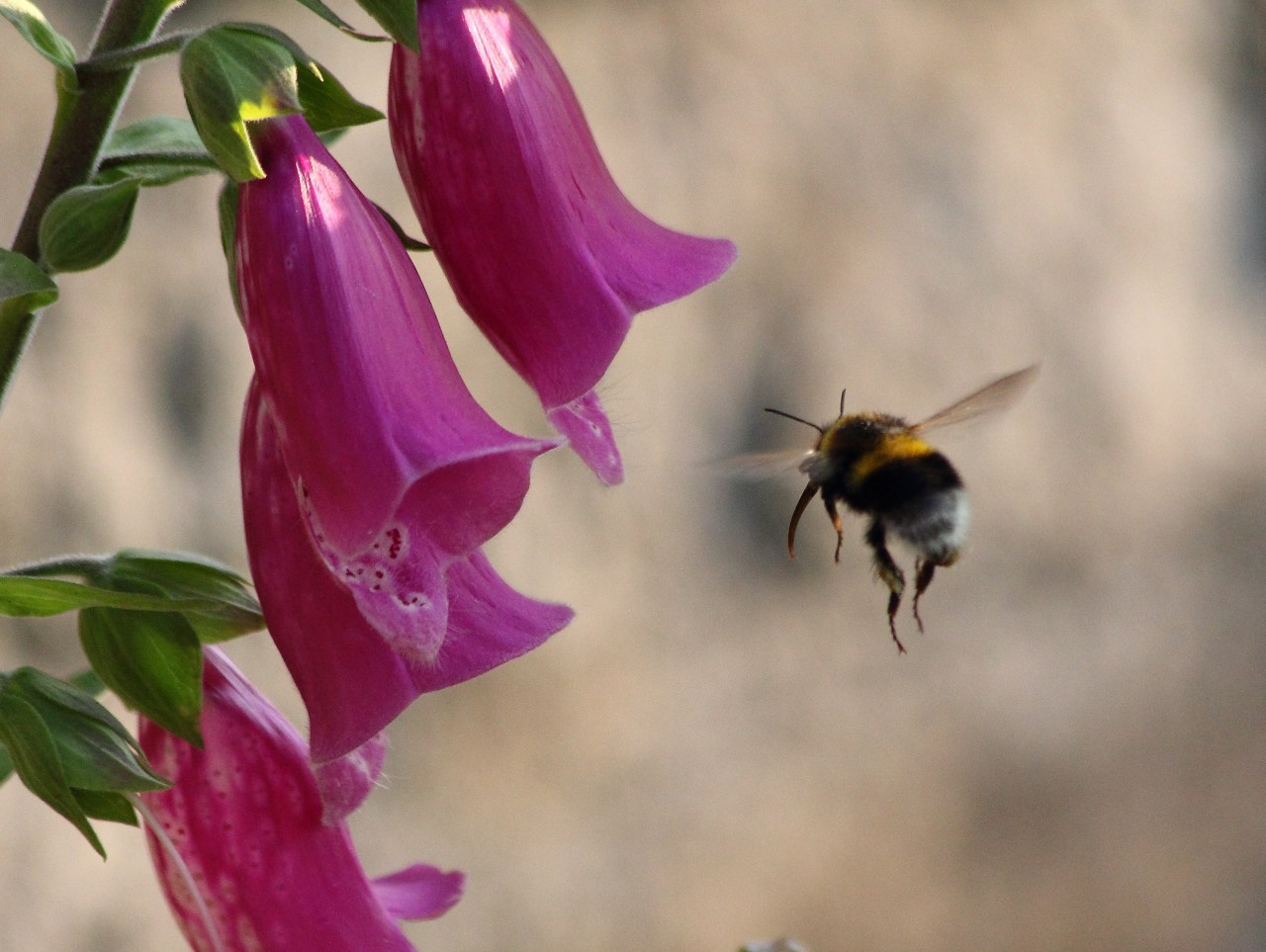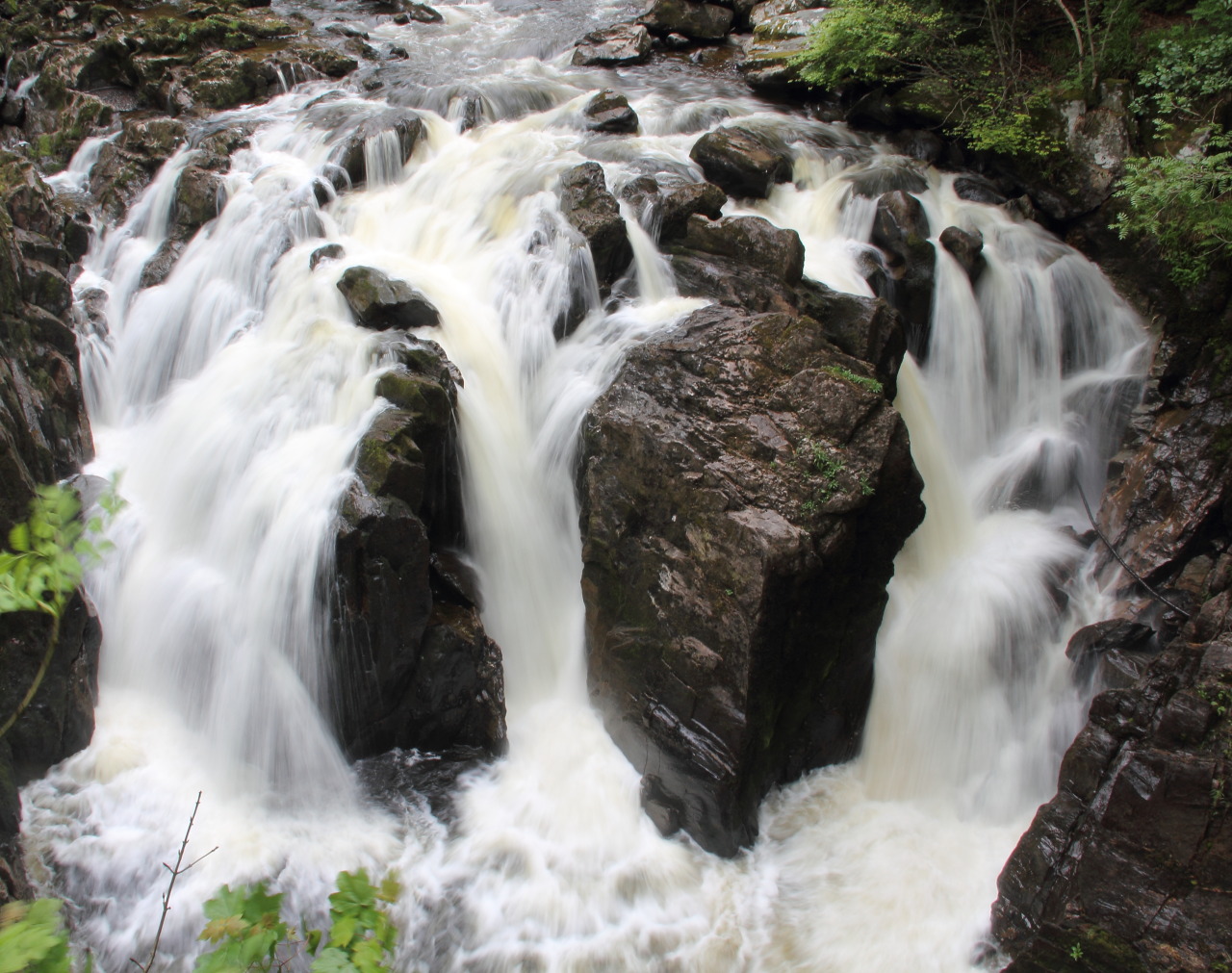The Scottish mountains barely feature in any list of the worlds' highest peaks, but despite this they have an undeniable seriousness as mountains which demand the utmost respect. This is especially the case in winter conditions when routes which are benign in summer become lethal when the semi-Arctic weather embraces this North-Western outpost of Europe.
The Scottish mountains can be compellingly, indeed irresistibly, beautiful - not least when clothed in ice and snow. Some people say they feel 'close to God' when in the mountains, yet if these great hills are in any way god-like, they are the most capricious of deities; full of glory, but woe betide anyone who dares to arouse their ire. Anyone who has spent any time in The Highlands will know that the weather can change with little warning, that many hills are technically challenging, that many routes are physically exhausting and that the extreme isolation of many ascents places the climber many hours away from help in times of difficulty.
I.D.S Thomson's book "The Black Cloud; Scottish Mountain Misadventures, 1928-1966" details the cases of several notable climbers who died on Scottish Hills during the Twentieth Century. As I read these accounts, it is sobering to realise that I have walked over most of the routes described in the book, can picture the Glens where they perished, and may even have stood where these forlorn souls staggered to their hypothermic demise', and where rescuers battled through blizzards and storms end their search for signs of life with the grim discoveries of the dead.
In Thomson's accounts those who died were not novices, or ill-equipped tourists who ventured unawares beyond the safety of their tour buses and hotel rooms, but experienced mountaineers - some of whom had clocked up many successful climbs in the Alps and Himalayas. Certainly mountain equipment has come a long way since the early years of mountaineering, and no-one these days would head into the Lairig Ghru in winter wearing the kilt and without full waterproofs; likewise the skills and equipment of mountain rescue have changed out of all recognition even since the 1960s. I was amazed to read that even in the late 1960s there was barely a telephone to be found anywhere in the Angus Glens, so mountain rescuers could not phone Braemar to discover if the five people they expected to appear through the blizzards were lost on Jock's Road, or still safely at Braemar Youth Hostel. As such some of these people may not have perished if their misadventures occurred today. It would be unwise to assume that however, the winter of 2012-13 has been a grim one for mountain casualties in Scotland with deaths in other places I know well, such as the Chalamain Gap.
Thomson's book begins with a long technical chapter on Scotland's weather systems, general principles of mountain safety and scientific discussion of the effect of height and wind on body temperature, and a medical explanation of the process and effects of hypothermia. Whilst fascinating, this chapter is rather long-winded and gets the book off to a slow-start, much of this information could have been usefully compressed and the momentum of the book kept up. After that introduction, each chapter deals with a different incident, and Thomson is meticulous in his research, pulling together eyewitness reports, weather reports SMC incident logs, and detailed geographical knowledge to recount in detail the fates of mountaineers like Baird and Barrie in Glen Einich in 1928, through to the loss of Francis and Handley on An Teallach in 1966.
The best element of this book is its capturing something of the spirit of the adventurers who set out in all conditions to do battle with Scotland's great mountains, and when they fell the relentless bravery and courage of those who sought their rescue. The worst element is that sometimes the author's love of detail spills over into being pedantic, and when the evidence is inconclusive as to the precise location of a death, or the order in which people passed-away, it might have been better just to say so, rather than work through and test a multiplicity if hypothesis.
Apart from the obvious lesson to all hillwalkers never to take safety for safety for granted and to to treat the mountains with respect; reading this book has a strong emotional pull. The mountains are places which provoke strong emotions in me (see here for more), but now next time I am in Fort William and I look up at The Ben, I will imagine Colin Kirkus' attempts to save the fallen Maurice Linnel on The Castle in 1934. On Rannoch Moor, if the fog ever descends I will imagine I can see Anne Tewnion leaving all her dead male companions and limping to safety. On Jock's road I will picture the five men whose life ebbed away into the icy-darkness, and in The Cairngorms (The Monadh Ruaidh), if ever the wind blows hard in my face I will sense a glimpse of Mackenzie and Ferrier heading out from the Shelter Stone, and perishing in the face of hurricane force headwinds in 1933.
There are too many cairns left like geological graffitti all over the hills. There should be Cairns in places like Jock's Road where climbers have lost their lives. Having read these stories, the next time I pass a proper cairn like this, thanks to IDS Thomson, I will not pass by in ignorance, but with a sense of those who have passed this way before me.









